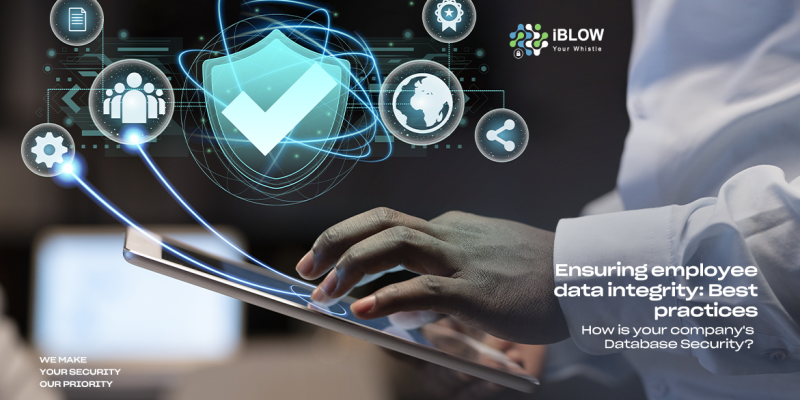Protecting the integrity of employee data is a key concern for today’s organizations. With the enormous amount of personal information stored and processed, it is crucial to adopt effective security measures to preserve the privacy and confidentiality of this sensitive data. In this world of technological advancements and increasingly sophisticated cyber threats, it is critical that companies be proactive in protecting their employees’ information. Here are some best practices that can help in these regards:
-
Clear privacy policies
One of the first steps is to develop transparent privacy policies, explaining how employee data will be collected, stored, used and protected. In addition, it is important to restrict access to data, allowing only authorized employees to access it and only when necessary for legitimate purposes.
-
Data encryption
Data encryption plays a vital role in protecting confidential employee information, both during storage and transfer. By encrypting data, even if an interception occurs, it will remain inaccessible without the proper encryption key.
-
Strong authentication measures
Strong authentication measures, such as two-factor authentication (2FA) or multi-factor authentication (MFA), should be implemented to strengthen the security of employee accounts. This ensures that passwords alone are not sufficient to access data, requiring additional information to verify identity.
-
Security awareness training
Security awareness training is a key practice, as employees play a crucial role in protecting data. Providing guidance on creating strong passwords, identifying and preventing phishing attacks, and promoting a culture of security incident reporting are essential aspects of ensuring a well-informed and prepared staff.
-
Monitoring and Detection of Threats
The implementation of threat monitoring and detection systems enables the identification of suspicious activities in real time, allowing an immediate response to possible security incidents.
-
Security Updates
Keeping all systems and software up to date with the latest security patches is a basic practice, as it helps protect against known vulnerabilities that can be exploited by hackers.
-
Data destruction policy
It is also important to have a clear policy for the secure destruction of employee data when it is no longer needed. This may involve adopting physical destruction practices or implementing secure electronic data disposal procedures.
-
Security Audits
Regular security audits are essential to assess the effectiveness of the data protection measures in place, identify any security gaps, and take corrective action.
It is essential to ensure compliance with applicable data protection laws, such as the General Data Protection Regulation (GDPR). Companies should be aware of the relevant regulations for their region and ensure that their data collection, storage and use practices are compliant.
Conclusion
By adopting these best practices to ensure the integrity of employee data, organizations will be strengthening their data security posture and minimizing the risks of information breach and compromise. Protecting data integrity is not only a matter of compliance, but also of maintaining employee trust and company reputation.
Keep in mind that data security is an ongoing and constantly evolving effort. As cyber threats become more sophisticated, it is critical to stay up to date on the latest security trends and technologies.
In short, implementing clear policies, encrypting data, strengthening authentication measures, training employees, monitoring threats, maintaining security updates, having a data destruction policy in place, and ensuring legal compliance are all essential measures to protect employee data and preserve the confidentiality and integrity of information. By adopting these practices, organizations are establishing a solid foundation for protecting sensitive information and maintaining trust in an increasingly complex digital world.
Published at: 16/05/2023
